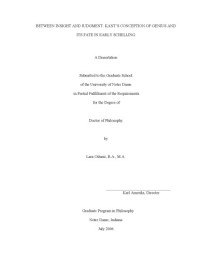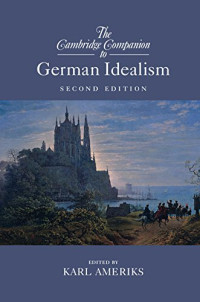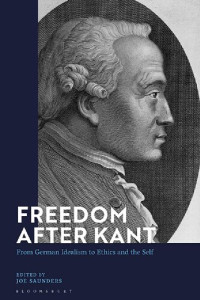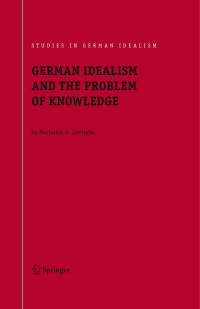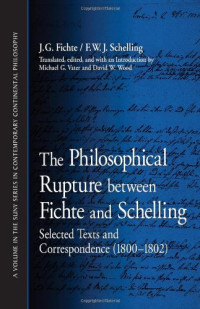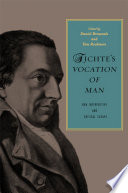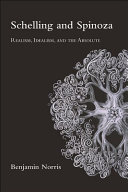
Freedom and Nature in Schelling's Philosophy of Art
Devin Zane Shaw
Schelling is often thought to be a protean thinker whose work is difficult to approach or interpret. Devin Zane Shaw shows that the philosophy of art is the guiding thread to understanding Schelling's philosophical development from his early works in 1795-1796 through his theological turn in 1809-1810. Schelling's philosophy of art is the 'keystone' of the system; it unifies his idea of freedom and his philosophy of nature. Schelling's idea of freedom is developed through a critique of the formalism of Kant's and Fichte's practical philosophies, and his nature-philosophy is developed to show how subjectivity and objectivity emerge from a common source in nature. The philosophy of art plays a dual role in the system. First, Schelling argues that artistic activity produces through the artwork a sensible realization of the ideas of philosophy. Second, he argues that artistic production creates the possibility of a new mythology that can overcome the socio-political divisions that structure the relationships between individuals and society. Shaw's careful analysis shows how art, for Schelling, is the highest expression of human freedom.
年:
2012
版本:
1
出版商:
Bloomsbury Publishing Plc
語言:
english
頁數:
188
ISBN 10:
1441193693
ISBN 13:
9781441193698
系列:
Continuum Studies in Philosophy Ser.
文件:
PDF, 642 KB
IPFS:
,
english, 2012
 Amazon
Amazon  Barnes & Noble
Barnes & Noble  Bookshop.org
Bookshop.org  轉換文件
轉換文件 更多的搜索結果
更多的搜索結果 其他特權
其他特權 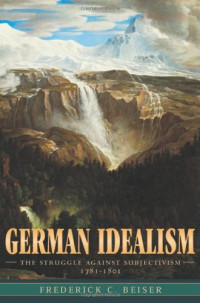
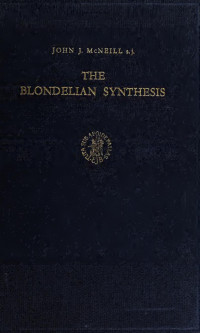
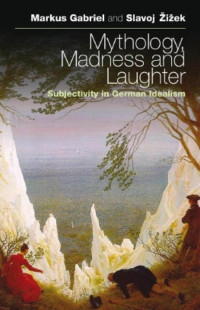
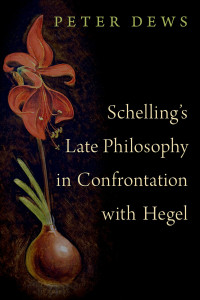

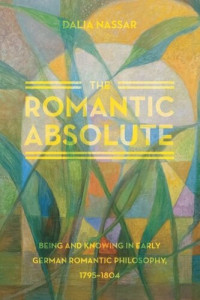
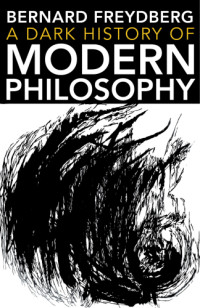


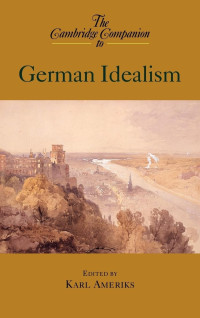

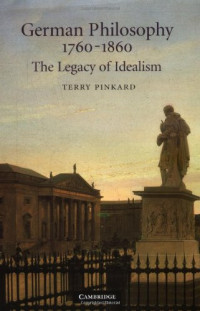
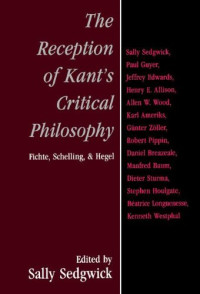
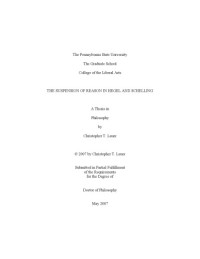
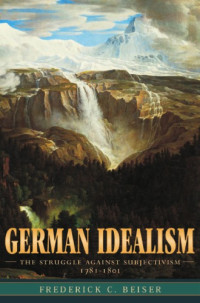
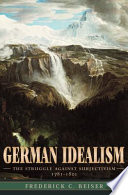
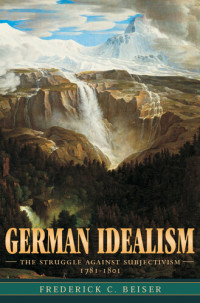
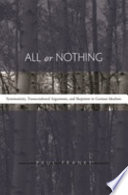
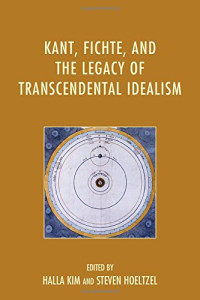
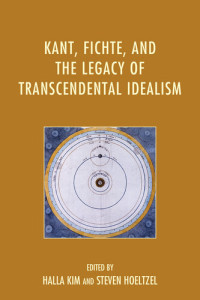
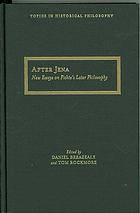
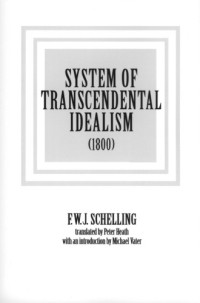
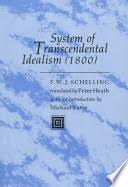
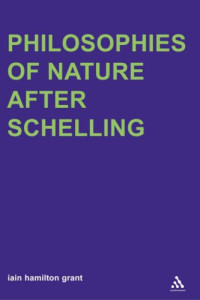

![Karl Ameriks [Ameriks, Karl] — The Cambridge Companion to German Idealism](https://s3proxy.cdn-zlib.se/covers200/collections/userbooks/42d4a3cd93f95eaaffd7c669955f577a739f6d973c81c2cd9b2510b0574d5431.jpg)

